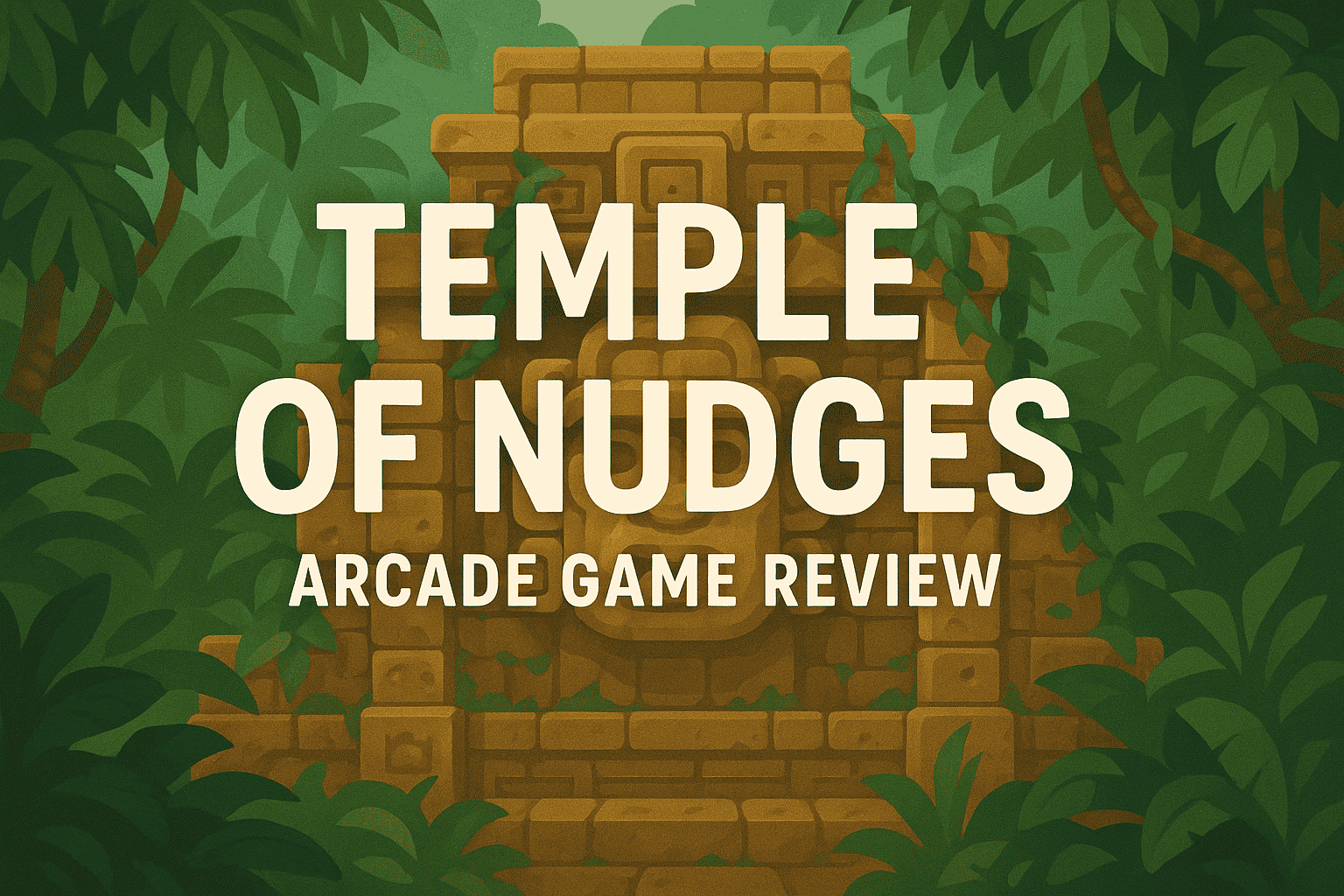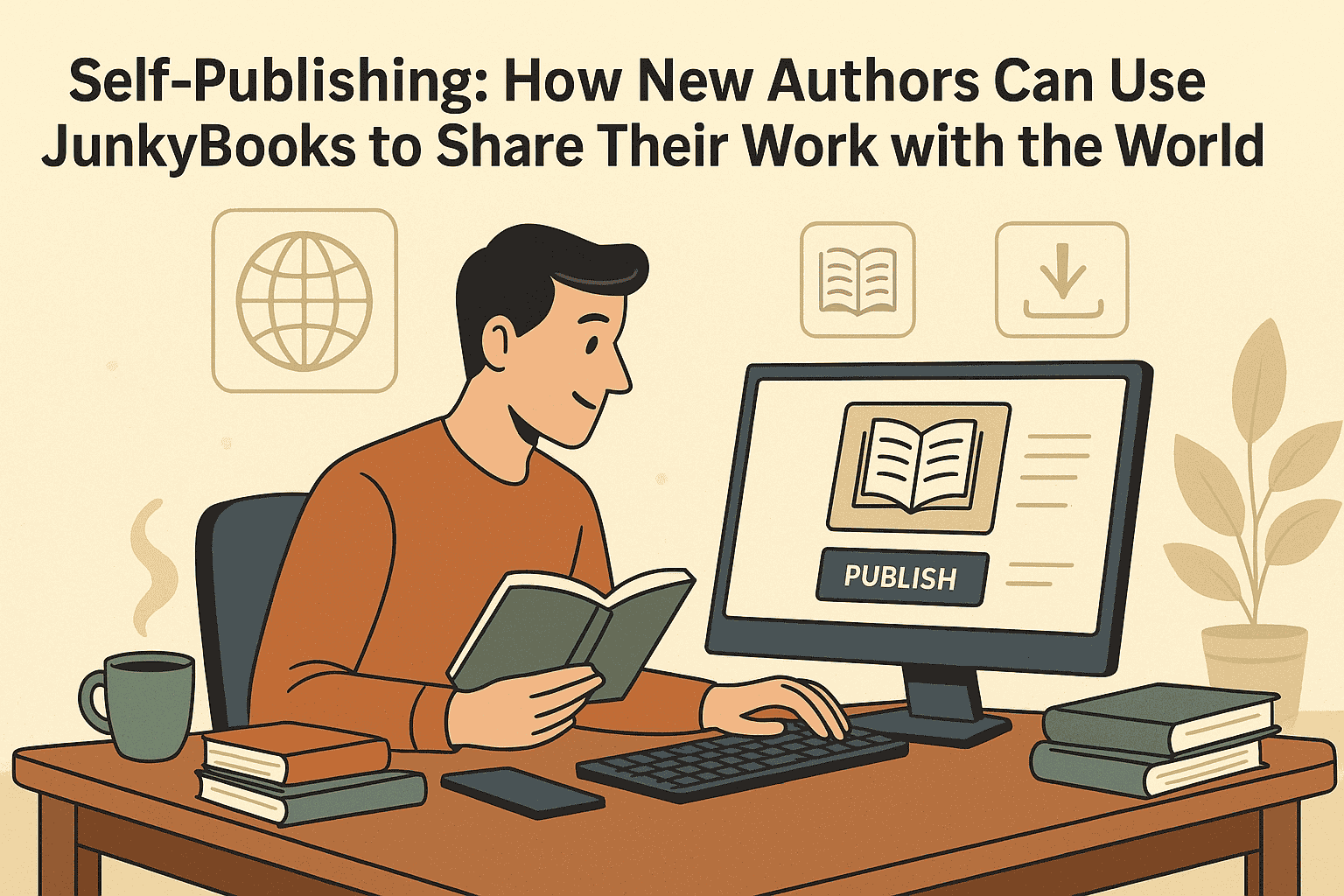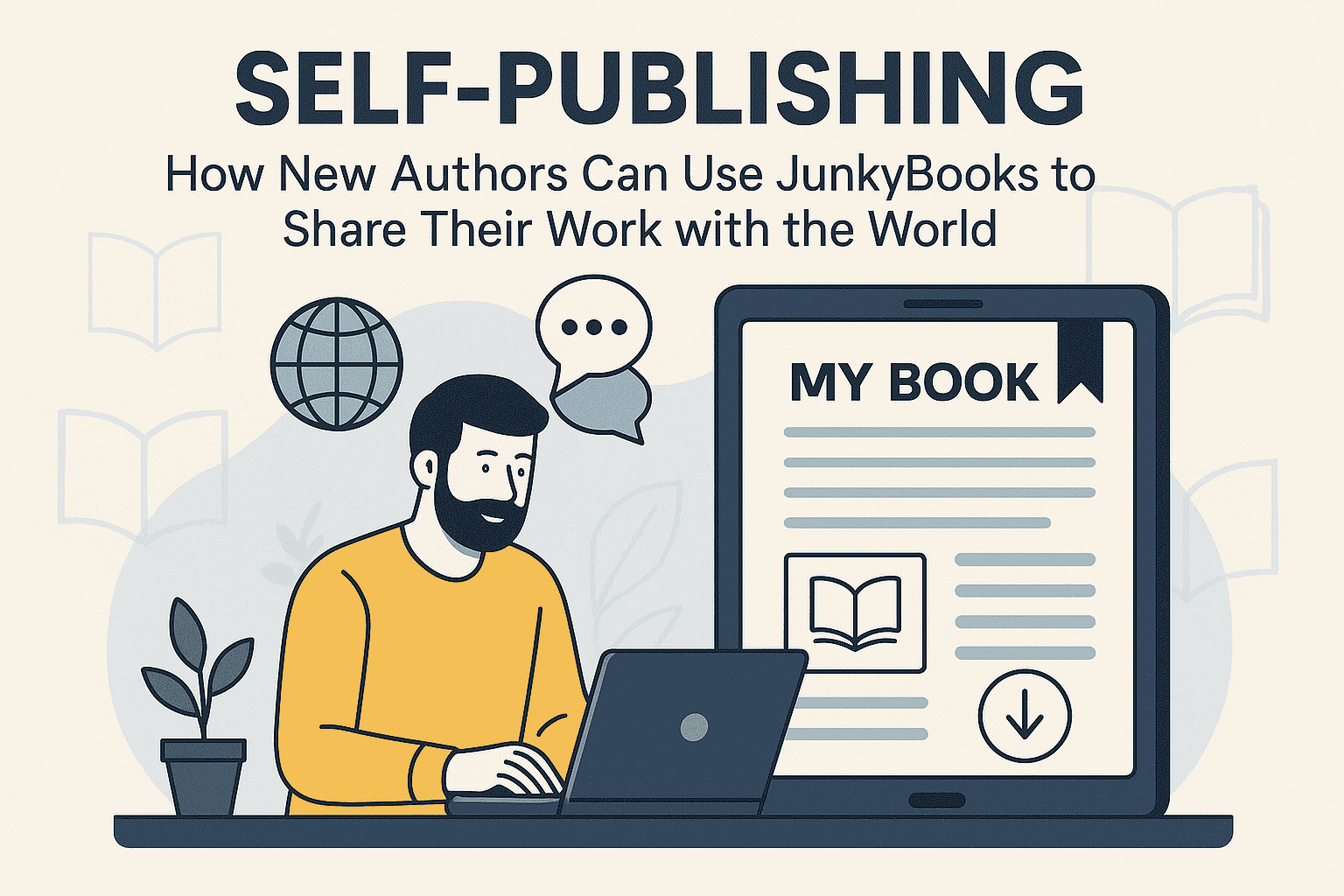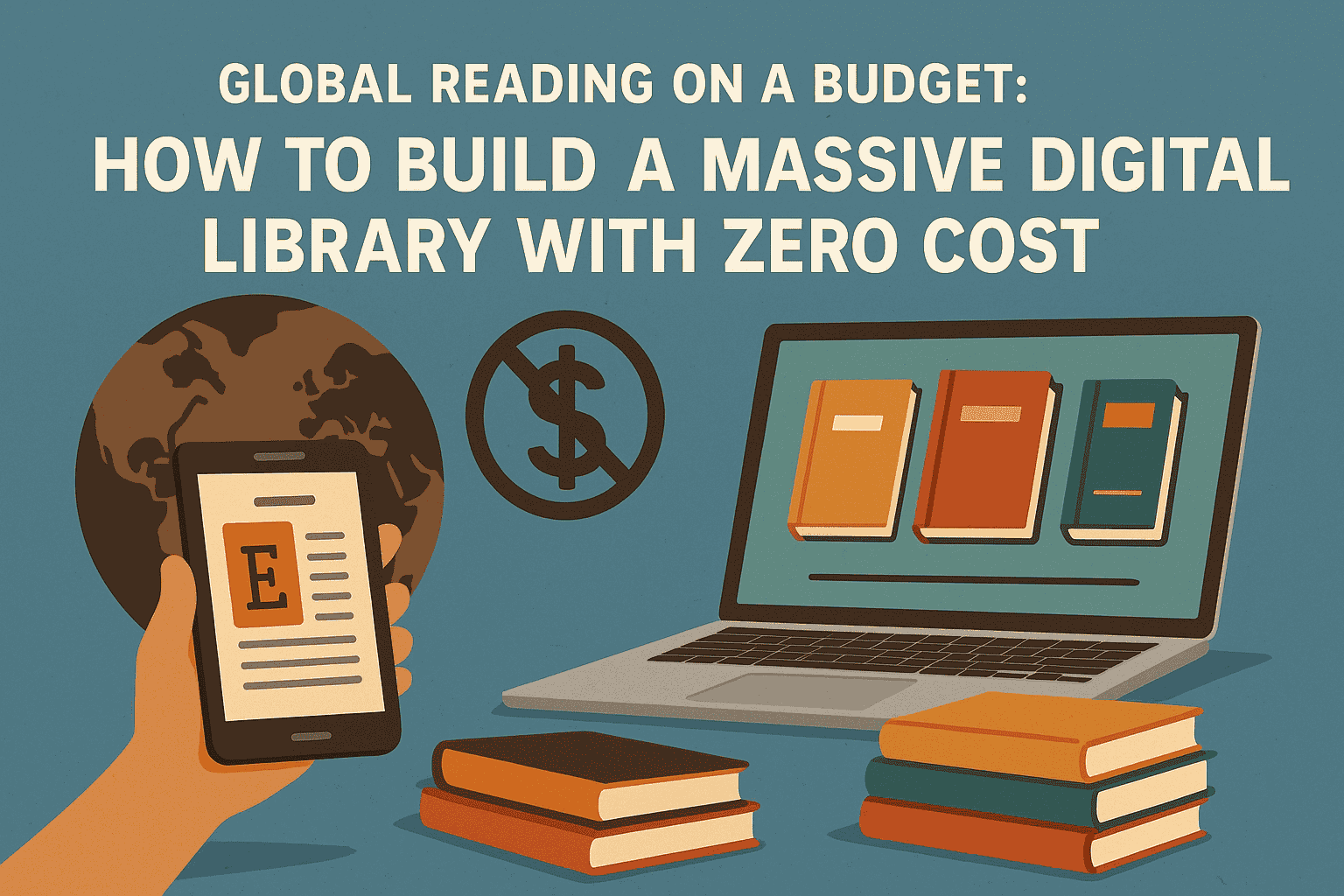Branding Strategies of Leading Tech Giants (Apple, Google, Microsoft)
In a highly competitive global market, branding is not just about logos or catchy slogans—it’s about creating an emotional connection with users, building trust, and crafting a consistent identity across all platforms. Among the most successful companies at doing this are Apple, Google, and Microsoft—tech giants whose brands are recognized and respected around the world.
Each of these companies has developed distinct branding strategies that reflect their vision, products, and values. This post breaks down how these industry leaders use branding to maintain relevance, drive customer loyalty, and stay ahead of the curve.
Apple: Minimalism, Emotion, and Premium Identity
1. Simplicity as a Signature
Apple’s brand is built on minimalism and simplicity—from product design and user interface to marketing materials and physical stores. The company emphasizes clean, elegant visuals that communicate quality and ease of use.
2. Emotional Connection and Lifestyle Branding
Apple doesn’t just sell gadgets—it sells a lifestyle. Its ads focus less on product specs and more on how the products enhance creativity, freedom, and self-expression. Campaigns like “Think Different” and “Shot on iPhone” showcase real users, tapping into emotional resonance.
3. Seamless Ecosystem
Apple’s branding emphasizes a seamless ecosystem. Every product, from iPhone to MacBook to Apple Watch, works together flawlessly. This interconnectedness builds loyalty and makes switching away from Apple feel inconvenient.
4. Product Launches as Events
Apple turns its product announcements into global media events, complete with sleek presentations, mystery, and anticipation. This strategy creates hype and reinforces the perception of exclusivity and innovation.
5. Controlled Brand Environment
Apple tightly controls its branding. From retail store layout to packaging and customer service, every touchpoint is meticulously curated to reflect premium quality.
Google: Utility, Trust, and Innovation
1. Simplicity with Substance
Google’s brand is rooted in functionality and accessibility. Its homepage is famously minimal, letting users focus on what they came to do—search. This simplicity is carried through its other services, like Gmail and Google Maps, with clean interfaces and intuitive navigation.
2. Consistent Use of Colors and Typography
Google's playful primary color palette and rounded sans-serif fonts signal friendliness and ease of use. These branding elements are consistent across its apps and platforms, creating a unified brand experience.
3. Innovation and Experimentation
Google’s branding celebrates innovation and future-forward thinking. Initiatives like Google X and AI research, along with products like Android and Google Assistant, reinforce the image of a company that is shaping the future of technology.
4. Personalization and Intelligence
Through products like Google Search, Google Ads, and Google Photos, the company emphasizes personalization, relevance, and intelligence. Branding messages often highlight how Google makes your life easier by knowing your needs.
5. Trust and Open Access
With free products and open-source platforms like Android, Google positions itself as a democratizer of technology. Despite occasional privacy concerns, the brand still benefits from its long-standing image of trust and helpfulness.
Microsoft: Versatility, Productivity, and Professionalism
1. Empowerment Through Technology
Microsoft's tagline, "Empowering every person and every organization on the planet to achieve more," reflects a brand built on productivity and empowerment. Its tools—like Microsoft 365, Teams, and Azure—are presented as essential for work and collaboration.
2. Business and Enterprise Focus
Microsoft’s branding is professional and enterprise-oriented. With a strong presence in B2B markets, its messaging is often aimed at decision-makers, developers, and organizations rather than individual consumers.
3. Reinvention and Modernization
Microsoft has undergone a branding revival in recent years. Under CEO Satya Nadella, the company shifted focus from software sales to cloud computing, AI, and cross-platform compatibility. This rebranding has helped shed the image of an outdated, corporate giant and repositioned it as a modern tech leader.
4. Design Consistency and Clarity
With products like Windows 11, Microsoft embraces modern, flat design and emphasizes user experience. The use of clean typography and unified iconography across devices helps deliver a cohesive brand identity.
5. Community and Inclusivity
Microsoft has also leaned into social impact, showcasing its commitment to diversity, accessibility, and sustainability. Initiatives like AI for Good and inclusive product features support its brand promise of technology for everyone.
Comparative Highlights
| Feature | Apple | Microsoft | |
|---|---|---|---|
| Core Identity | Innovation + Elegance | Utility + Intelligence | Productivity + Empowerment |
| Design Approach | Minimalist + Premium | Clean + Functional | Professional + Versatile |
| Audience Focus | Creative Consumers | General Public + Advertisers | Businesses + Professionals |
| Emotional Appeal | Lifestyle & Creativity | Helpfulness & Curiosity | Achievement & Productivity |
| Brand Tone | Inspirational | Friendly & Smart | Professional & Inclusive |
| Ecosystem Strategy | Closed, Seamless | Open, Modular | Interconnected, Hybrid |
Lessons for Other Brands
Startups and smaller tech companies can learn valuable lessons from these tech titans:
-
Craft a Clear Message: Know what your brand stands for and reflect it consistently.
-
Invest in Design: Clean, user-friendly design is critical to brand perception.
-
Tell a Story: Use marketing to connect emotionally, not just sell features.
-
Build Trust: Whether through transparency, support, or quality, trust is the foundation of strong branding.
-
Adapt Over Time: Great brands evolve with the market. Stay modern and relevant.
Conclusion
Apple, Google, and Microsoft have crafted powerful, distinct brands that extend far beyond their logos or taglines. Their success lies in a combination of clear messaging, emotional resonance, and consistent delivery of value across every user touchpoint.
Whether aiming for elegance and exclusivity like Apple, utility and accessibility like Google, or professional empowerment like Microsoft, the key to effective tech branding is staying true to your identity while continuously adapting to user needs and expectations.







